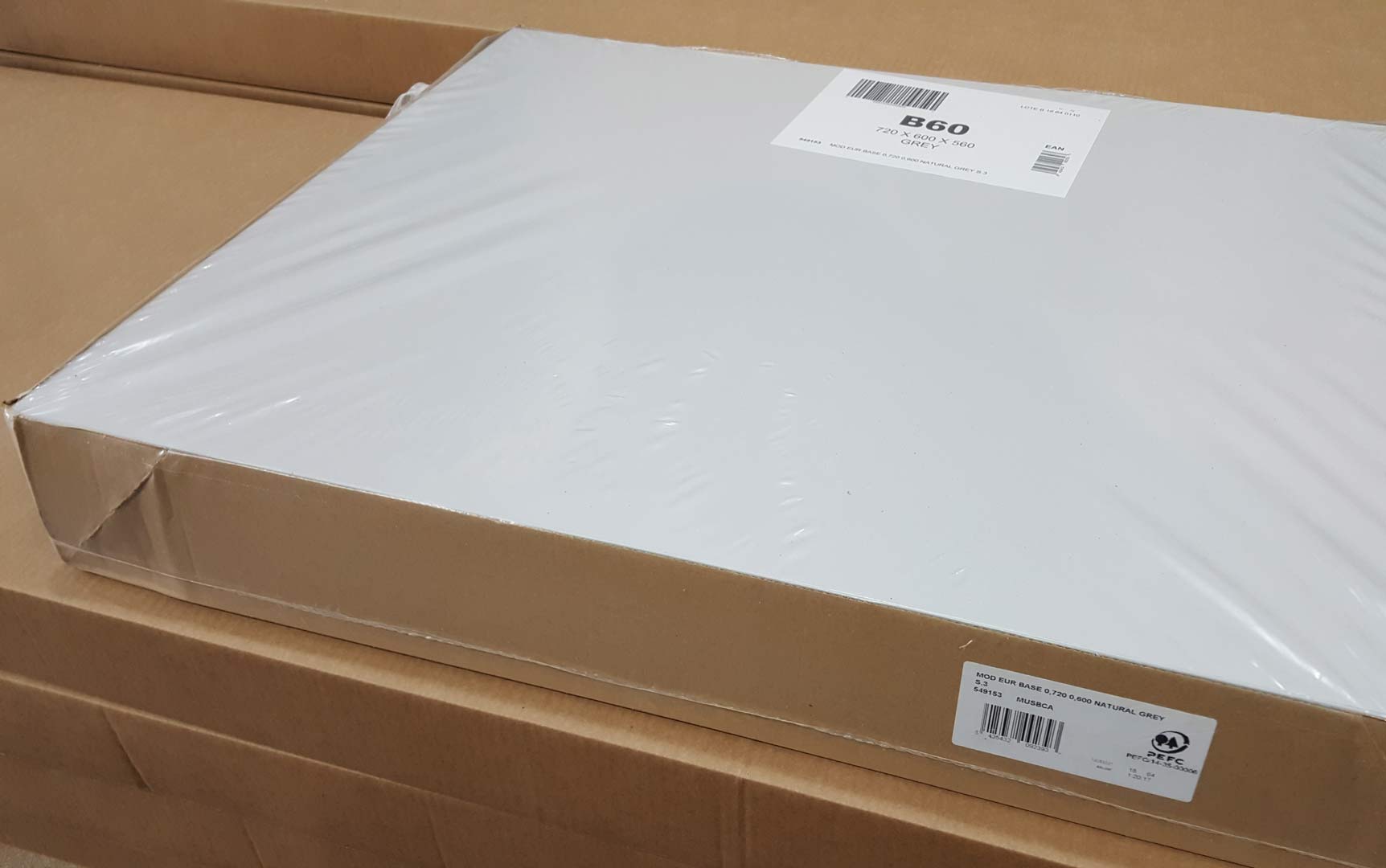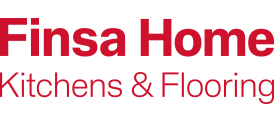The biggest decision you have before planning a kitchen renovation is what type of kitchen build you want it to be. Are you looking for a quick easy turn around? Using a fully assembled rigid kitchen…. Or a ready to assemble flat pack kitchen at a smaller cost? They both have their Pro’s and Con’s so here they are:
A pre-built ‘rigid’ kitchen starts its life in a factory, usually being joined together by ‘’glue and dowel’’ method which ensures maximum accuracy by using a jig to hold the carcass together firmly whilst glue sets. The jig squeezes the joints together which in turn ensures a quality fit that lasts, giving it that rigid carcass style. Checks ensure that the cabinet is square and accurate before being released into the market place. The cabinet/unit is then ready for the customer in its rigid form ready for fitting.
Negatives for having pre-built carcasses are often that they then need to be manoeuvred into place, carrying a heavy and awkward unit up into apartment blocks, up a narrow staircase or into a house, they leave themselves vulnerable and susceptible to damage during install and haulage. Pre-built carcasses are also more difficult to customise once built and would need to be disassembled to be cut down or tweaked in any way. Given that every wall (unfortunately) isn’t straight and every space isn’t true to its plan this can be a setback to any kitchen installer in terms of project time.
A flat pack kitchen design is made to the highest standard, and often with a higher accuracy to detail. The tolerance for flat pack design is smaller and often more accurate (usually to 0.5mm).The accuracy and tolerances become useful as they can lead even someone with no experience into building a strong rigid carcass. The aim of flat pack kitchens is also so that they can be assembled and disassembled for convenience (using the ‘’Cam and Dowel’’ method to join units) with the ability to withstand any damages and suffering from being assembled (but looking just as good as the first assembly).
Using this flat pack method to create a kitchen saves a great deal of money, as the time and labour of the assembly line at a factory doesn’t come into play. If you need to customise any of these units as a kitchen fitter it’s easier to do so before building the carcass into a rigid form. This also leads to the benefit of haulage and moving the product, with such easy access and smaller more manageable sizes to carry it makes the product less likely to be damaged during the install process.
Experienced kitchen fitters are able to assemble over 30 kitchen units in one working day. The cost saving on this product makes that working day the most profitable day in their week.
With a flat pack kitchen the client receives individual parts separately (hinges, drawer mechanisms etc) and on some occasions leaves room for error. Both for the kitchen fitter, if inexperienced with this type of kitchen build and also for the company supplying the units by leaving a product off the order (it’s harder to spot a mistake when the carcasses aren’t built ready to inspect). This method of kitchen design also leaves more speculation on the kitchen fitter side leaving more opportunity for mistakes, however with such easy access to this type of knowledge and advice/blogs online it can be argued that the accuracy and opportunity to save some money out ways the convenience of having a pre-built carcass.
The method you use whether rigid form or flat pack is usually preference. The main importance is the customer or project at hand, and to which is more suitable for the project in terms of budget or time scale.
However the argument can be made that with the financial saving from building the units yourself, plus the pre-drilled holes which guide the building process to make it easier does give a compelling argument that Flat Pack kitchens provide more value for money.
When done correctly they provide the same standard at a fraction of the price.



